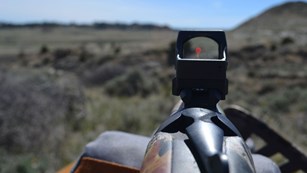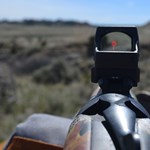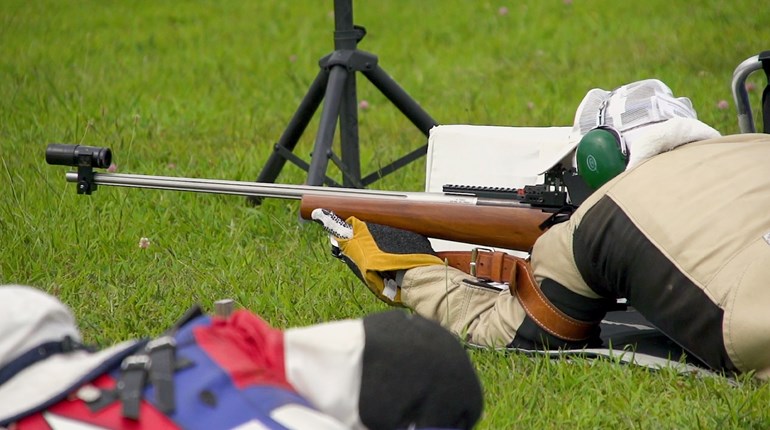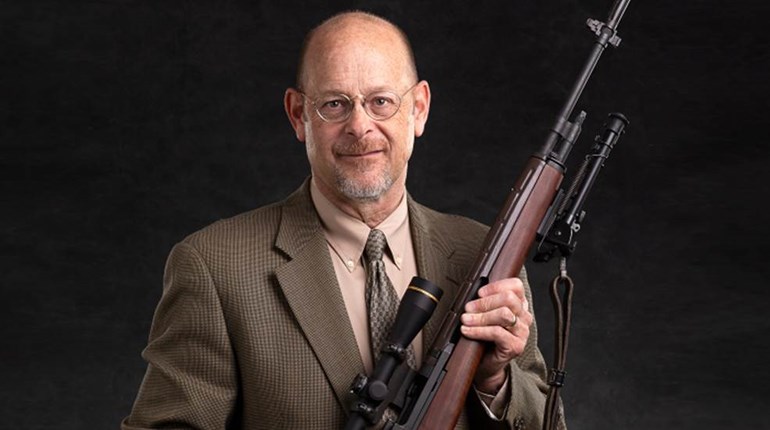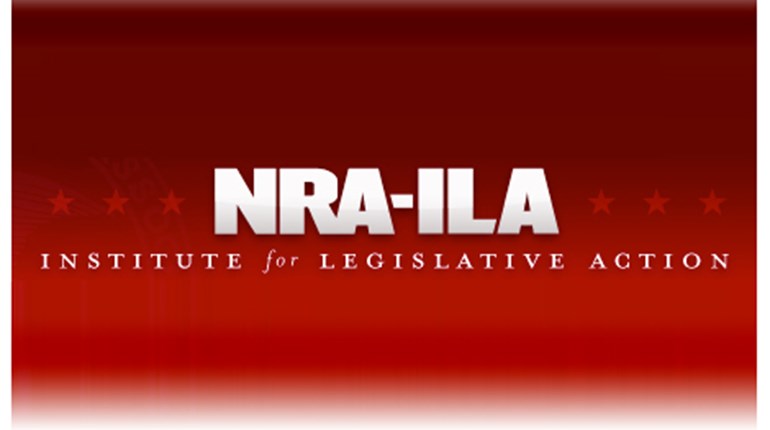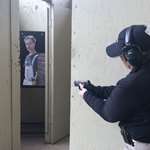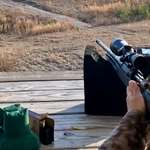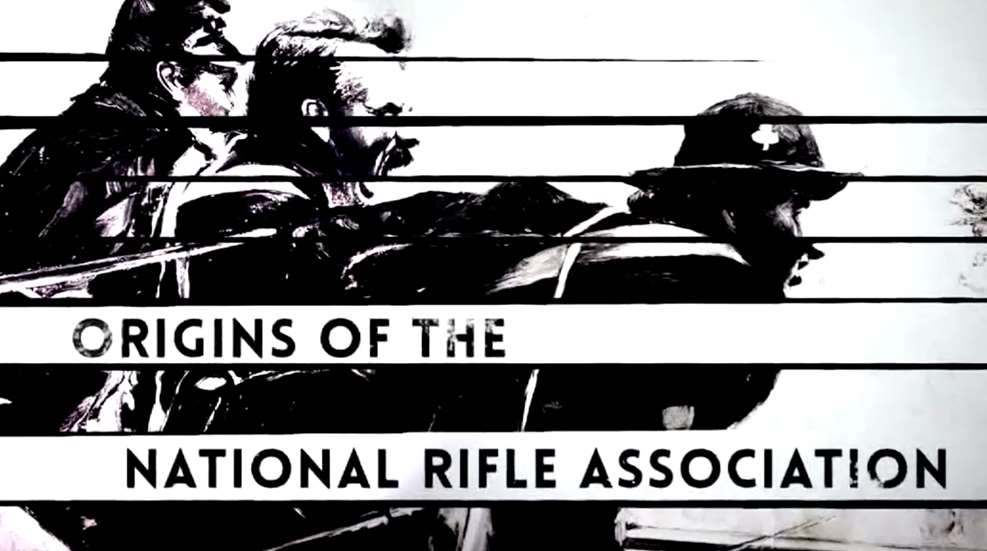
Happy Birthday, NRA! Founded on Nov. 17, 1871, the NRA has been the worldwide leader in firearm education and training. If you have ever wondered—or have been asked—how and why the NRA was formed, this brief history of the NRA takes you back to its Civil War roots up to its current 5 million+ strong membership base. Widely recognized as a major political force and as America's foremost defender of Second Amendment rights, the NRA has, since its inception, been the premier firearms education organization in the world. Read on to learn more about its beginnings:
- In 1871, Union veterans Col. William C. Church and Gen. George Wingate formed the National Rifle Association to address marksmanship shortcomings shown by their troops. The primary goal of the association would be to "promote and encourage rifle shooting on a scientific basis."
- On November 17, 1871, after being granted a charter by the state of New York, the NRA was founded. Civil War Gen. Ambrose Burnside, who was also the former governor of Rhode Island and a U.S. senator, became the fledgling NRA's first president.
- In 1872, with financial help from New York State, a site on Long Island, the Creed Farm, was purchased for the purpose of building a practice rifle range. Named Creedmoor, the range opened a year later, and it was there that the first annual matches were held.
- Political opposition to the promotion of marksmanship in New York forced the NRA to find a new home for its range. In 1892, Creedmoor was deeded back to the state and NRA's matches moved to Sea Girt, New Jersey.
- The NRA's interest in promoting the shooting sports among America's youth began in 1903 when NRA Secretary Albert S. Jones urged the establishment of rifle clubs at all major colleges, universities and military academies. By summer 1906, NRA's youth program was in full swing with more than 200 boys competing in matches at Sea Girt.
- Youth programs are still a cornerstone of the NRA, with more than 1 million youth participating in NRA shooting sports events and affiliated programs.
- Due to the overwhelming growth of NRA's shooting programs, Gen. Ammon B. Crichfield, adjutant general of Ohio, had begun construction of a new shooting facility on the shores of Lake Erie, 45 miles east of Toledo, Ohio. Camp Perry became the home of the annual National Matches, one of the biggest sporting events held in the country today.
- In response to repeated attacks on the Second Amendment rights, NRA formed the Legislative Affairs Division in 1934. While NRA did not lobby directly at this time, it did mail out legislative facts and analyses to members, whereby they could take action on their own.
- In 1975, recognizing the critical need for political defense of the Second Amendment, NRA formed the Institute for Legislative Action, or NRA-ILA.
- During World War II, NRA offered its ranges to the government, developed training materials, encouraged members to serve as plant and home guard members, and developed training materials for industrial security. NRA members even reloaded ammunition for those guarding war plants. Incidentally, the NRA's call to help arm Britain in 1940 resulted in the collection of more than 7,000 firearms for Britain's defense against potential invasion by Germany (Britain had virtually disarmed itself with a series of gun-control laws enacted between World War I and World War II).
- After the war, the NRA concentrated its efforts on another much-needed arena for education and training: the hunting community. In 1949, the NRA, in conjunction with the state of New York, established the first hunter education program. Hunter Education courses are now taught by state fish and game departments across the country and Canada and have helped make hunting one of the safest sports in existence.
- In civilian training, the NRA continues to be the leader in firearms education. More than 125,000 certified instructors now train about 1,000,000 gun owners a year.
- In 1990, NRA made a dramatic move to ensure that the financial support for firearms-related activities would be available now and for future generations. Establishing the NRA Foundation, a 501 (c) (3) tax-exempt organization, provided a means to raise millions of dollars to fund gun safety and educational projects of benefit to the general public.
For more on the history of NRA, go to nra.org.










